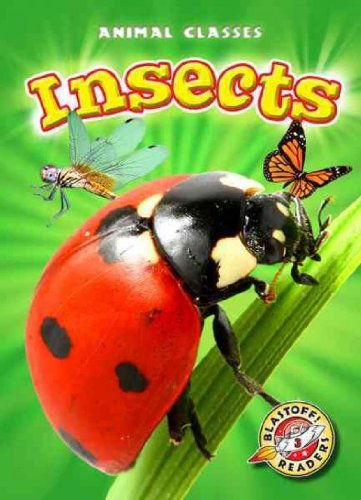-
Arctic Ocean
Emily Rose Oachs
Library Binding (Bellwether Media, Jan. 1, 2016)The Arctic Ocean is the smallest ocean in the world. Located on the North Pole, it touches Asia, Europe, and North America. For many months, the sun does not rise over the Arctic, and when summer arrives, the ice barely melts! Young readers will enjoy finding out more about this unfamiliar ocean and its impact on the world. M
M
-
Mammals
Kari Schuetz
Library Binding (Blastoff Reader, Aug. 1, 2012)The largest animal alive is a mammal. It's the 150-ton blue whale. This whale is not only large but also loud--louder than a jet engine! Turn the pages of this book to learn about the characteristics of mammals and understand the ways in which whales, bats, and elephants are all similar. H
H
-
Indian Ocean
Emily Rose Oachs
Library Binding (Bellwether Media, Jan. 1, 2016)Submarine volcanoes and giant mountain chains lie deep below the Indian Oceans surface. Where the Indian Ocean ends has been debated, but its indisputably nestled between Africa, Asia, and Australia. Prone to torrential rain and cyclones, the Indian Ocean will enthrall curious minds! L
L
-
Avalanches
Rebecca Pettiford
Library Binding (Bellwether Media, Jan. 1, 2020)Reaching speeds of more than 80 miles per hour, avalanches plow down mountain slopes and flatten everything in their paths! Discover major avalanche danger zones, how these disasters form, how they are rated, and a profile of a devastating past disaster in this title covering catastrophic avalanches! N
N
-
Floods
Rebecca Pettiford
Library Binding (Bellwether Media, Jan. 1, 2020)From flash floods to storm surges to rivers overflowing their banks, floods can devastate an area in a matter of moments! These waters can damage structures and strand survivors. This title introduces readers to different types of floods, how they form, and how to stay safe. Features such as a map, a flood profile, and a severity chart prove the power of these natural disasters! N
N
-
Coral Reefs
Colleen Sexton
Library Binding (Bellwether Media, Aug. 1, 2008)Coral reefs are found in tropical waters and host a variety of ocean life. Young readers will learn about how they form over time, the different ways they form, and the creatures that call coral reefs home. K
K
-
Pacific Ocean
Emily Rose Oachs
Library Binding (Bellwether Media, Jan. 1, 2016)Covering nearly one-third of Earths surface, the Pacific Ocean is a treasure trove of natural resources and is home to many magnificent creatures. The Pacific Ocean has the deepest ocean trench called the Challenger Deep. Its more than 35,800 feet below the surface! Learn more about the largest ocean in this exciting title for young readers. M
M
-
Space Stations
Colleen Sexton
Library Binding (Bellwether Media, Jan. 1, 2010)Astronauts live and work on space stations that orbit Earth. Young readers will read about space station parts, the first space stations, and the International Space Station. L
L



